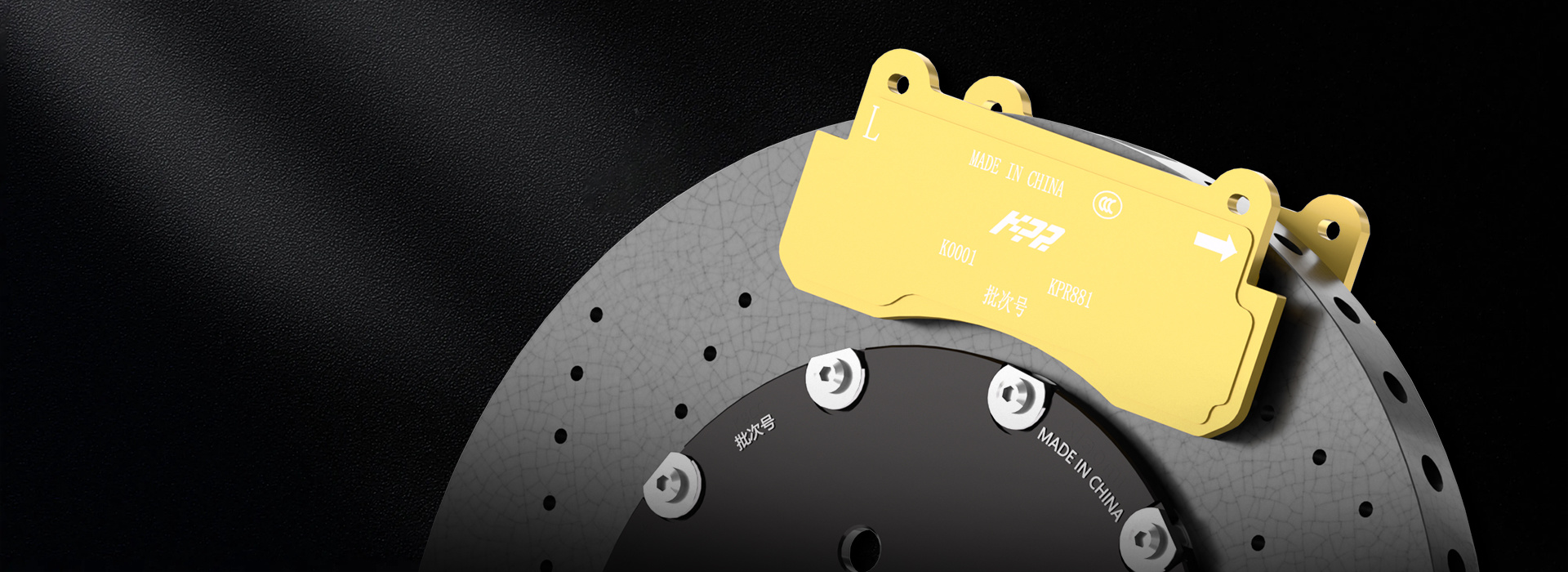
High-end aftermarket & modified brake kit brand, focused on the aftermarket.
Brake products with highlights such as modern, diverse, and innovative.
Brake products with highlights such as modern, diverse, and innovative.

Original Equipment Manufacturer project, focusing on quality control and specification matching
to ensure the overall vehicle performance.
to ensure the overall vehicle performance.
Latest Information





